Pressure Gauges: Common Causes for Failures and Their Effective Solutions
Pressure or vacuum gauges, if get damaged or don’t function properly can lead to leaks and emissions which may result in contamination of workplace or in some cases a fire explosion. Such unfortunate incidents not only cost lives of those working with and around the pressure gauges, but also major financial loss to the Company.
One of the fail-safe ways to avoid such undesirable situations is to periodically check the pressure gauges. These inspections can reveal the reasons which trigger breakdown in the gauges and thus can help you take necessary preventive measures in time. We have listed below some such causes observed during Quality Assurance checks to help you maintain the gauges better:
Temperature: Varying temperature levels can be a valid reason for failure of pressure gauges. Very high temperatures can lead to the loosening of metal joints and finally cracking. This can result in bigger issues. In such cases, you must set up a fully welded diaphragm seal in the pressure gauge. Another solution is to use cooling substances to bring down the high temperatures.
Vibration: This can cause a two-fold negative effect. If the gauge is vibrating, the user cannot get accurate reading. And continuous vibration can set the pointer off-mark and therefore providing faulty readings. In such cases, the source of vibration should be eliminated and calibration services must be employed to set right the pressure gauge.
Steam: In certain cases, the pressure gauges are continuously exposed to steam or hot air. This can affect their functioning to a large extent. The solution to this problem is to set up a mini-siphon having an internal chamber or a full siphon fitted with a coil for horizontal uses. When the pressure gauge is placed vertically, you can choose a pigtail siphon.
Corrosion: Another factor negatively impacting the smooth functioning of pressure gauges is corrosion. That is why only pressure gauges with non-corrosive parts are widely used by companies. Another popular solution is using a diaphragm seal, which will offer additional protection to the inner portions of the pressure gauge. This diaphragm seal is usually made of corrosion-resistant material.
Pulsation: Fast, erratic movements within a pressure system can cause substantial alterations to the pressure gauge. In such a situation, the gauge will be unable to give an accurate reading. If this continues for a prolonged period, the pressure gauge will break down in no time. To avoid such problems, companies set up a restrictor and liquid-filled case to suppress pulses on the gauge. A direct-drive gauge without gears and linkages is another effective solution.
Clogging: Clogging also hinders the smooth functioning of pressure gauges in systems. If there are suspended viscous/crystalline particles, they will definitely clog the pressure system and eventually affect the pressure gauge readings. The way out is to set up a diaphragm seal attached with a clog-preventing barrier.
Mishandling: While the above mentioned causes are instrument-related, human errors like mishandling can also cause the pressure gauge to malfunction. It is one of the most common issues faced by companies when it comes to faulty gauges. Such human errors usually occur either during installation, inspections or recalibrations. Pressure gauge calibration must always be done in a manner so as to not leave any room for errors.
With so many issues plaguing pressure gauges, it is highly important that periodic inspections are scheduled and followed without fail. They can help you ensure that your pressure gauges perform optimally. Also, regular and appropriate pressure gauge calibration is unavoidable for their perfect functioning.
Author Bio :

Edward Simpson is a seasoned Calibration and Technical Engineer working for RS Calibration Inc. Edward has a knack for finding faults in machines and does not rest until they are rectified to perfection. He lives in Pleasanton, CA and can be contacted anytime for matters related to machines. He also invites people to visit his company www.rscal.com to learn more about the type of calibration work he does.
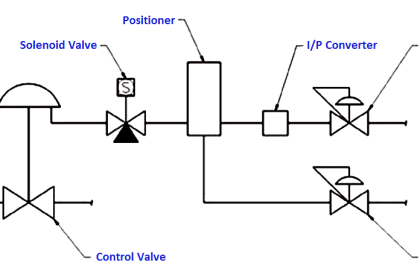
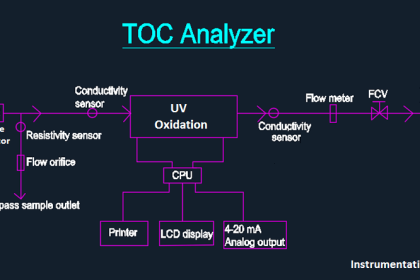
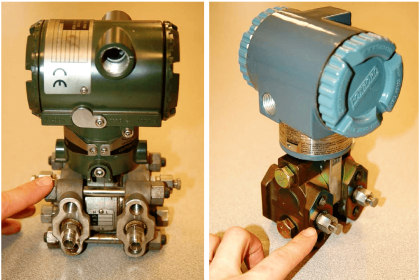
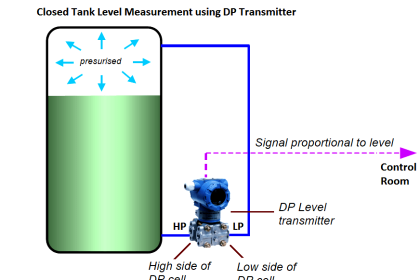
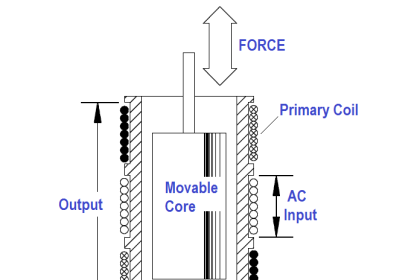

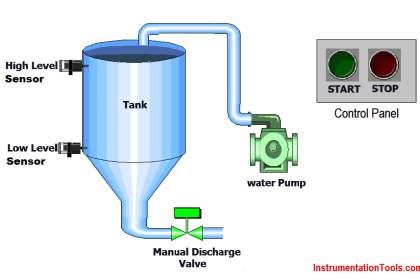
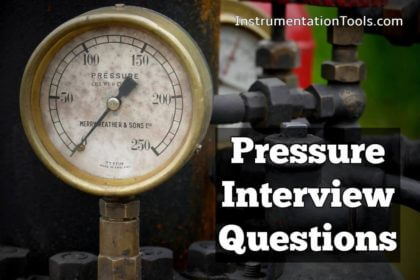
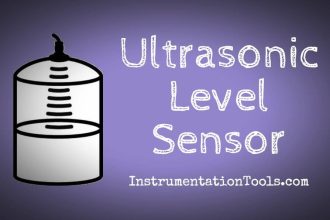
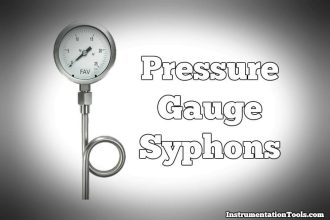
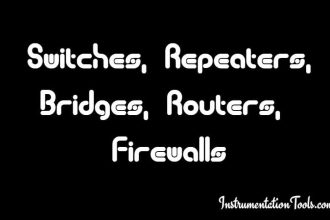
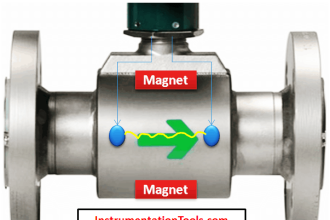
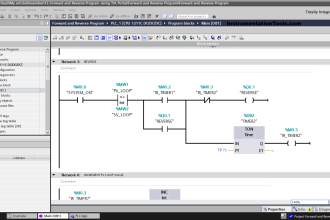

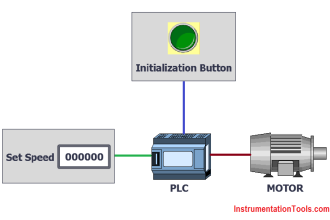


Excellent article and thank you for sharing.
Informative, thanks for sharing.